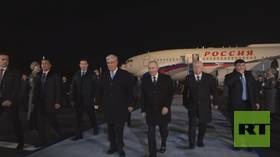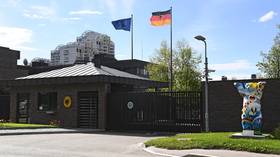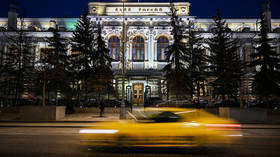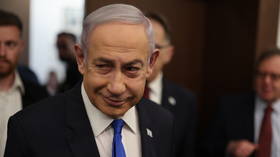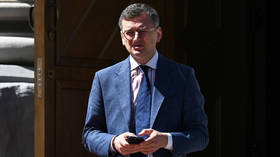In the Red: Analyzing the contrasting fortunes of Manchester United & Liverpool's transfer business
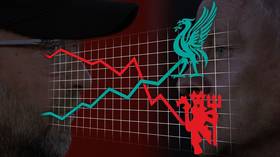
England’s two biggest teams have enjoyed contrasting success in the transfer market, and ahead of the Premier League’s transfer deadline day, RT Sport takes a look at Manchester United and Liverpool’s dealings in recent years.
From Gerard Houllier’s foreign legion of Francophones to Rafael Benitez’s Spanish infiltration and Brendan Rodgers’ wholesome but ultimately failed jumble of hipster football signings that came and went, Liverpool have had varied fortunes in structuring sides that have enjoyed sustained success.
Nevertheless, in that time world-class players such as Fernando Torres and Luis Suarez shook the Kop but failed to fire the team to major silverware, and both left Anfield for bigger things. The chance to build a team that produced continued prosperity around effervescent captain Steven Gerrard essentially seemed to pass those eras by.
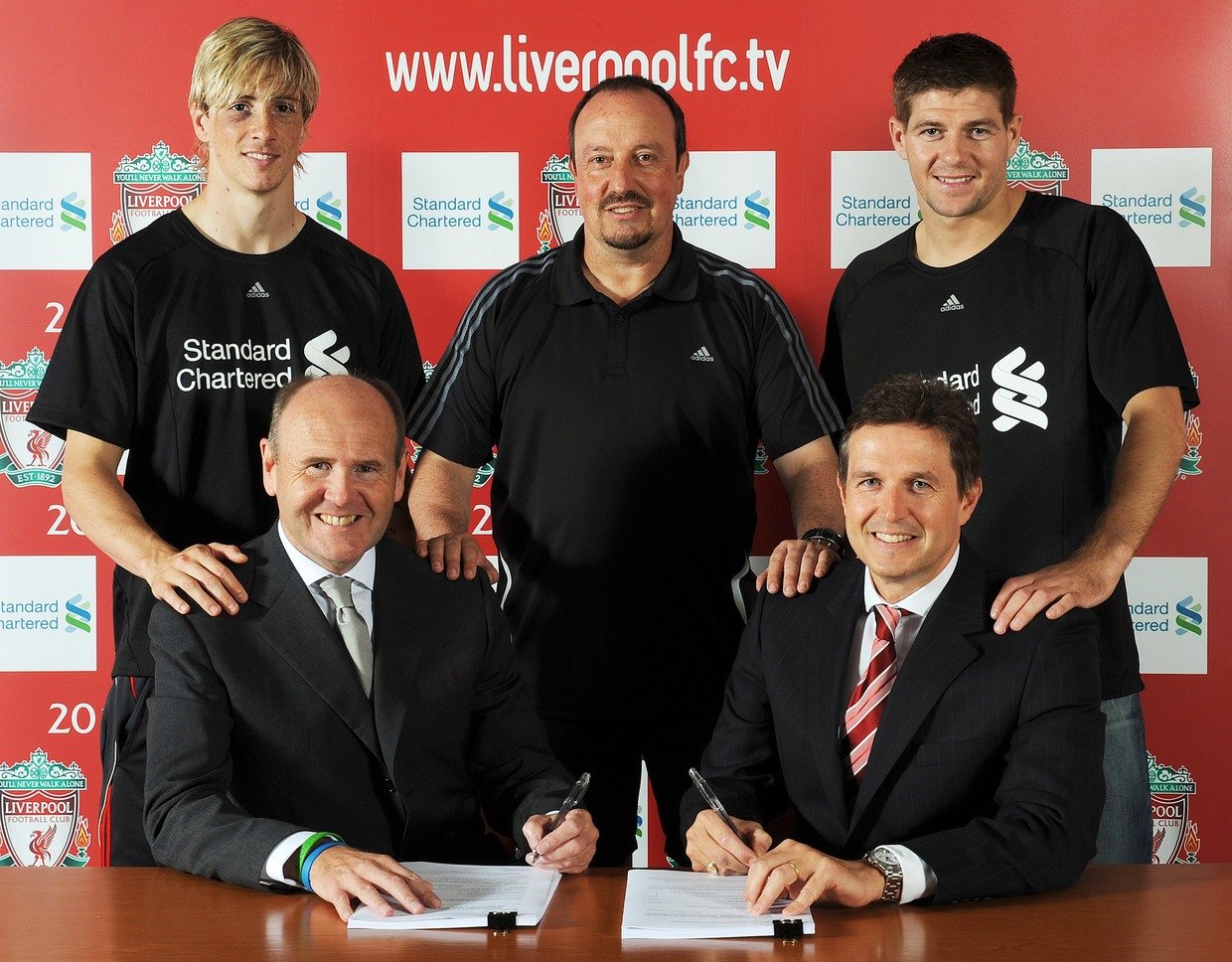
However, German manager Jurgen Klopp’s arrival on Merseyside precipitated the long-awaited period of balance in Liverpool’s side. Not only were world-class players identified, groomed and attracted to the club, they were staying.
Klopp’s savvy transfer market nous and earlier successful rebuilds at Mainz and Dortmund were perhaps an important transfer as any to the club. That, coupled with his meticulous dedication, knowledge and infectious enthusiasm, has guided Liverpool to a Champions League as well as to the brink of their first English league title in 30 years and, perhaps, a period of dominance.
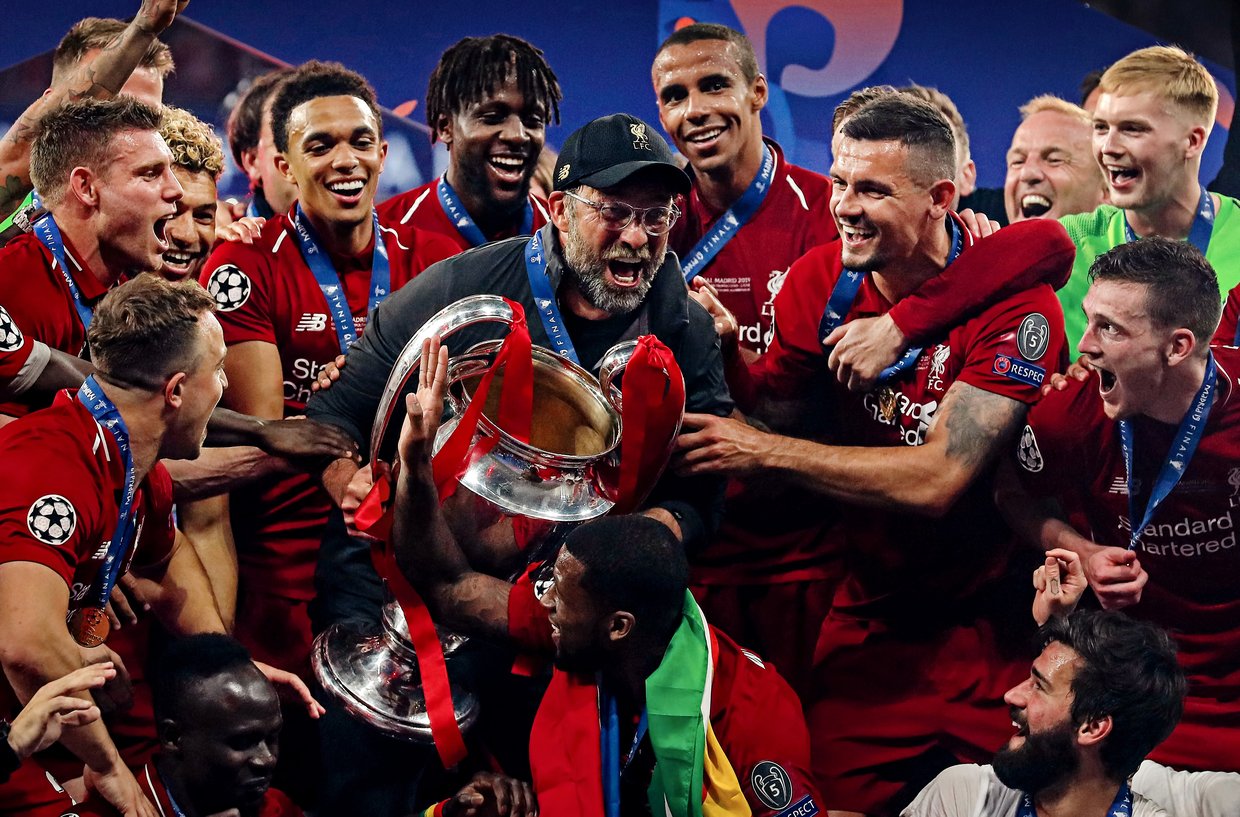
For Manchester United, much of their journey in the opposite direction has been down to shambolic management behind the scenes since managerial great Sir Alex Ferguson retired in 2013 and failures in recruitment have been glaringly obvious.
The impending capture of Portuguese Bruno Fernandes has been a protracted coup for the Old Trafford side, who didn’t waver when Sporting Lisbon held out for more money during transfer talks, finally landing their man for an initial £47 million.
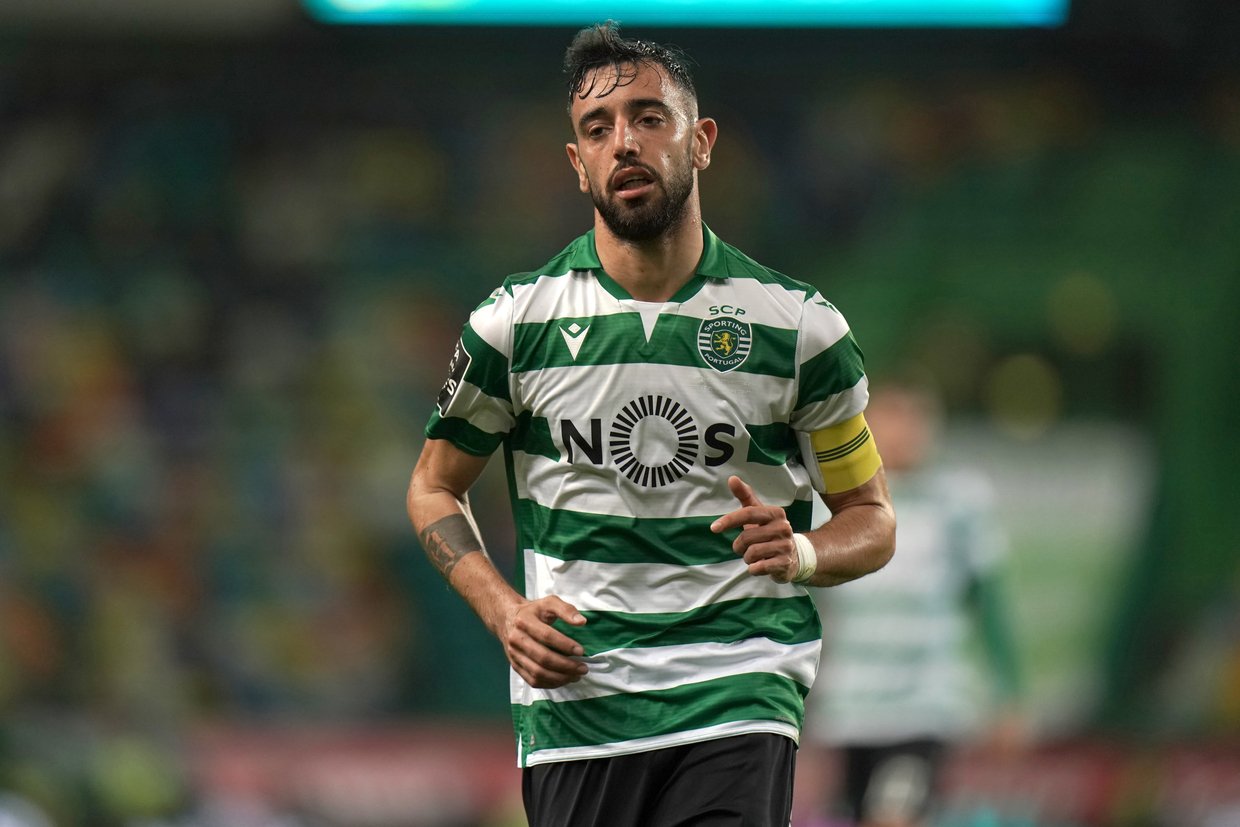
While the apparent inactivity led many to believe United chiefs weren’t acting fast enough and with sufficient knowhow, which certainly cranked up the pressure on besieged executive vice chairman Ed Woodward, the stand-off paid off for United.
Although relatively unknown outside of European football connoisseurs, general consensus is that the Portuguese would be a welcome addition to United’s midfield, especially given the current depletion by injured duo Scott McTominay and Paul Pogba.
But the reality is that as the window now closes, the club have brought in a total of seven players in four windows under Ole Gunnar Solskjaer – although the signings of Bruno, current captain Harry Maguire for a record £80 million, tackle master Aaron Wan-Bissaka, and Daniel James (all this season), as well as Fred from last season, are players who have bolstered the team, just five players falls well short of solving United’s midfield and attack woes.
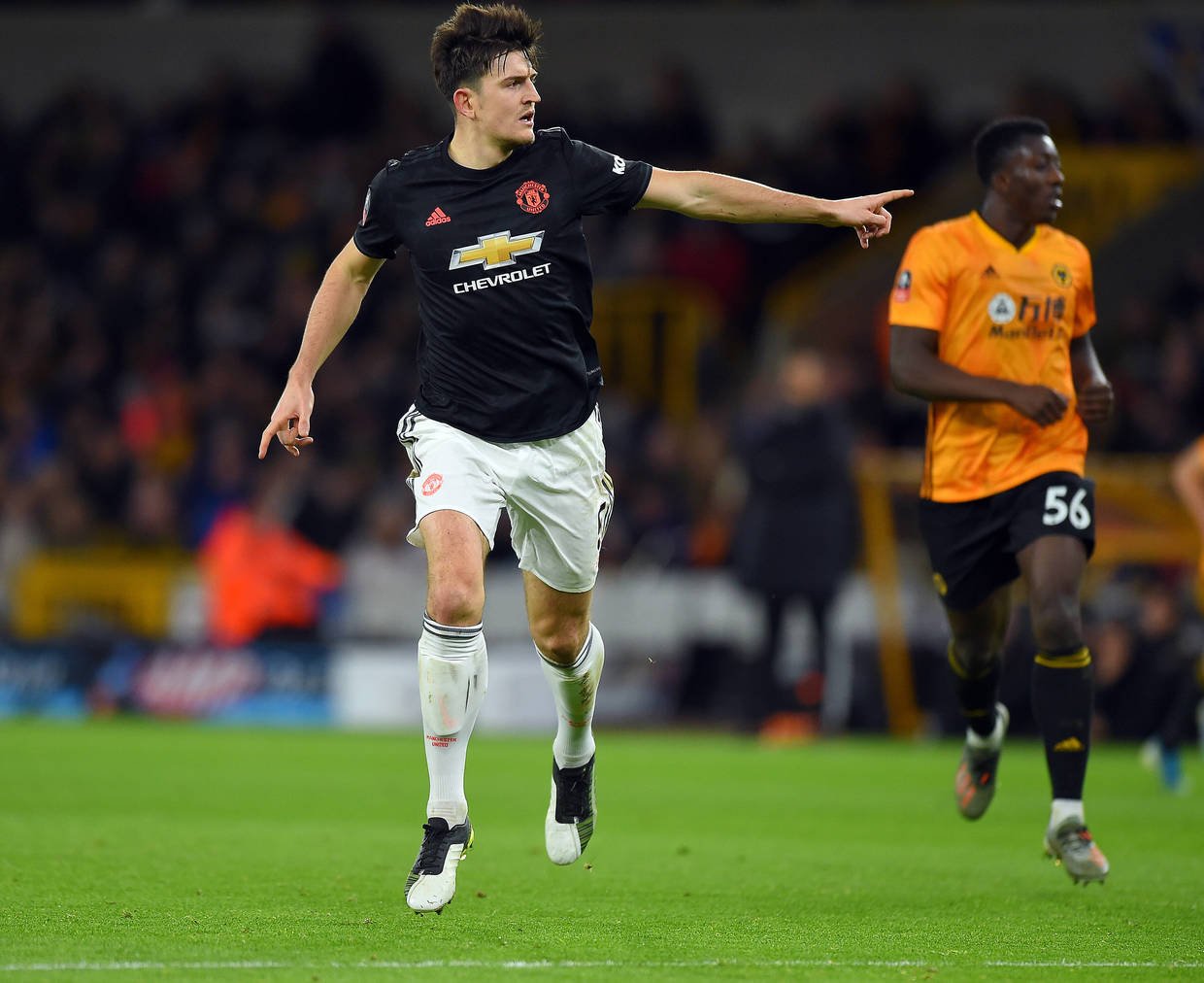
Diogo Dalot and back-up keeper Lee Grant hardly inspire, and the full list of players have failed to cover the absences of the outgoing striker Romelu Lukaku, Marouane Fellaini, Alexis Sanchez, Ander Herrera and other senior players.
Under Louis van Gaal, United frittered away a fortune on Memphis Depay and Morgan Schneiderlein. Under Jose Mourinho, further clangers were dropped in signing Lukaku for £75 million and Nemanja Matic cost the Red Devils £45 million but hasn’t set the world alight. Anthony Martial is a fan favorite but has yet to justify his £50 million price tag. Same reads for Eric Bailly.
Alexis Sanchez was an expensive and complete flop at £58 million and becoming the highest paid player in the Premier League. And, despite offloading players considered ‘deadwood’ by many fans, among them Lukaku and Sanchez and Fellaini, United haven’t sufficiently replaced gaping holes in their numbers.
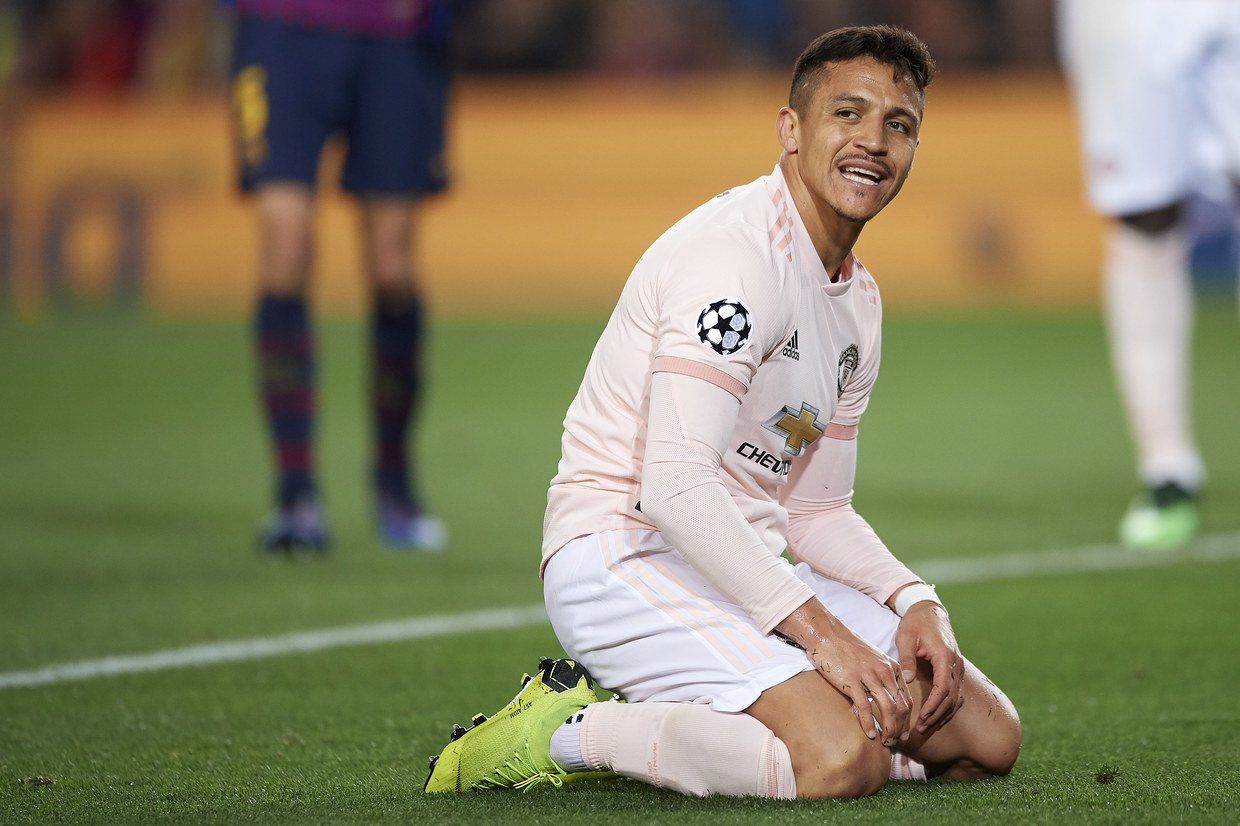
In contrast, Liverpool have consistently bought well in the market with nifty business seeing transfers through from seeking out targets to completion professionally and efficiently.
Ferguson’s football empire was built on being able to sniff out world-beaters for basement prices. A tenure spanning four decades at the United helm saw Ferguson mould some of the greatest players of their generation, from youth product Ryan Giggs to then-record signing Roy Keane, but it was the uncanny knack of unearthing world-class stars for next to nothing that was Ferguson’s party piece in dismantling and rebuilding winning sides through the ages.
Great Dane Peter Schmeichel was drafted in from Denmark for £500,000 to tend the United goal for a little less than a decade; Cristiano Ronaldo was bought for £12 million, even though that price made him the most expensive teenager in the world at the time, it was a snip of the then-world record £80 million the world’s biggest glamor star was later sold for.

Ferguson’s marquee signings were some of the most sought-after players of any era. At over £30 million Rio Ferdinand remains his most expensive acquisition ever, while Juan Sebastien Veron, Dimitar Berbatov and Ruud van Nistelrooy – all bought for hefty sums – came and won Premier League medals in M16.
Signing Wayne Rooney, the biggest talent in European football at the time, required razor-sharp reactions and negotiating and a deal for Carlos Tevez took some thrifty bargaining with shady third-party figures.
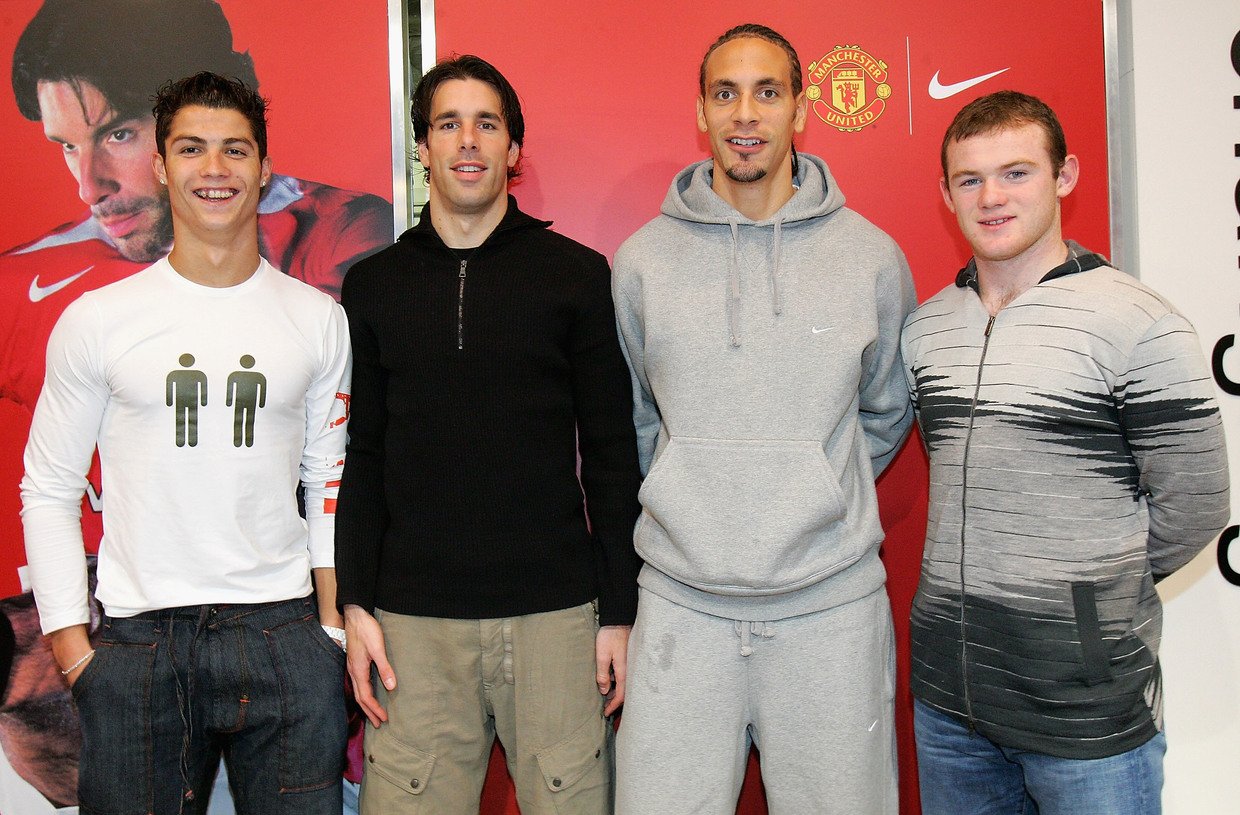
But since the Scot's departure, transfer dealings have been pockmarked by zealous and hasty spending on marquee names such as Radamel Falcao on a staggering £265,000 a week salary and Angel Di Maria for a whopping £59.7 million, followed by listlessness and misdirection after their ephemeral and ineffective tenures at the club.
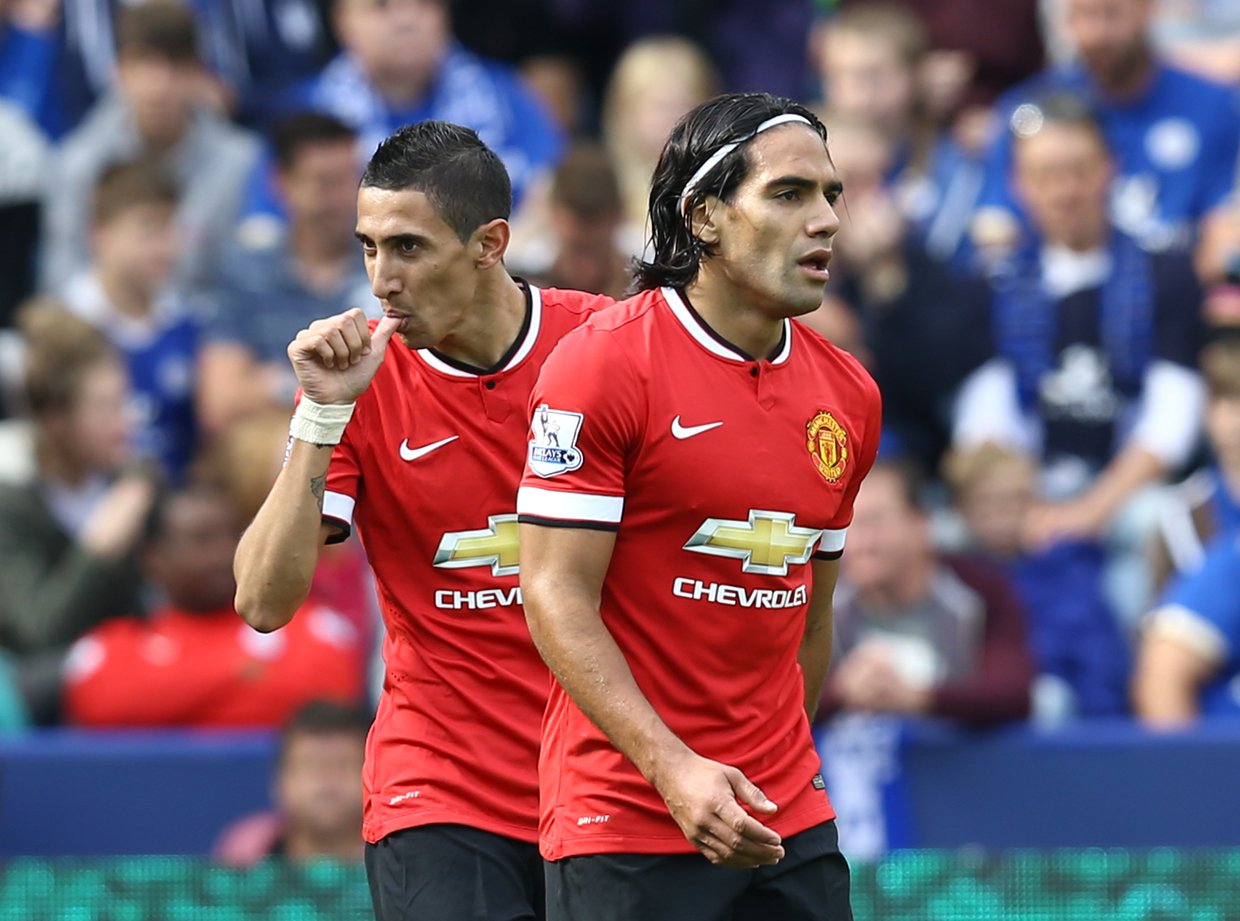
In contrast, Klopp has consistently raided Europe’s second-tier sides to strengthen key positions, sniffing out players with qualities he saw as similar to his own and malleable personalities that would take on his own characteristics.
Goalkeeper Alisson Becker, who solved Liverpool’s perennial problems with a trusted number one and is credited as sturdying Liverpool’s defense, and the red-hot Mo Salah were harvested from AS Roma for £67 million and £35 million - a combined £100 million plus.
Klopp has proved equally adept at conducting business domestically. Southampton, a perennial feeder of talent to Liverpool, provided Sadio Mane and Virgil van Dijk, the latter coming in at a colossal £75 million; Gigi Wijnaldum was plucked from fellow Premier League club Newcastle for a relative bargain of £23 million and has provided more than a capable servant in midfield.
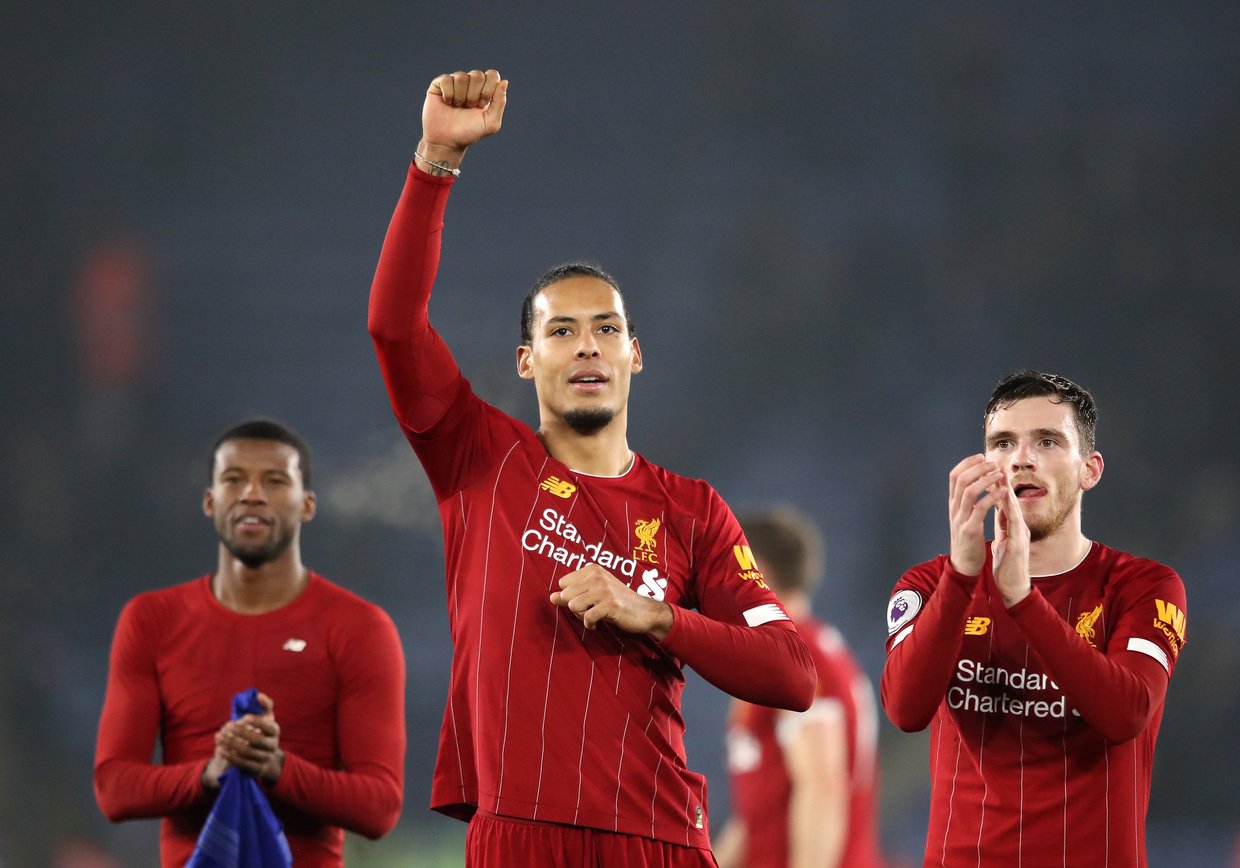
And of course, who could forget perhaps the biggest bargain in Klopp’s reign: little-known Andrew Robertson from the unfashionable Hull City for £9 million. There’s also the more recent acquirement of Takumi Minamino - picked up after an impressive display against The Reds in the Champions League - with attention paid to his €8.5 million release clause in his RB Leipzig contract.
Klopp’s transfer history doesn’t come without its exceptions. Midfielder Naby Keita was a much-hyped £60 million transfer from RB Leipzig, having been courted by some of Europe’s top teams. Seen as the final piece of Liverpool’s midfield jigsaw, Keita has been something of an anti-climax rather than the central midfield lynchpin he was envisioned to be.
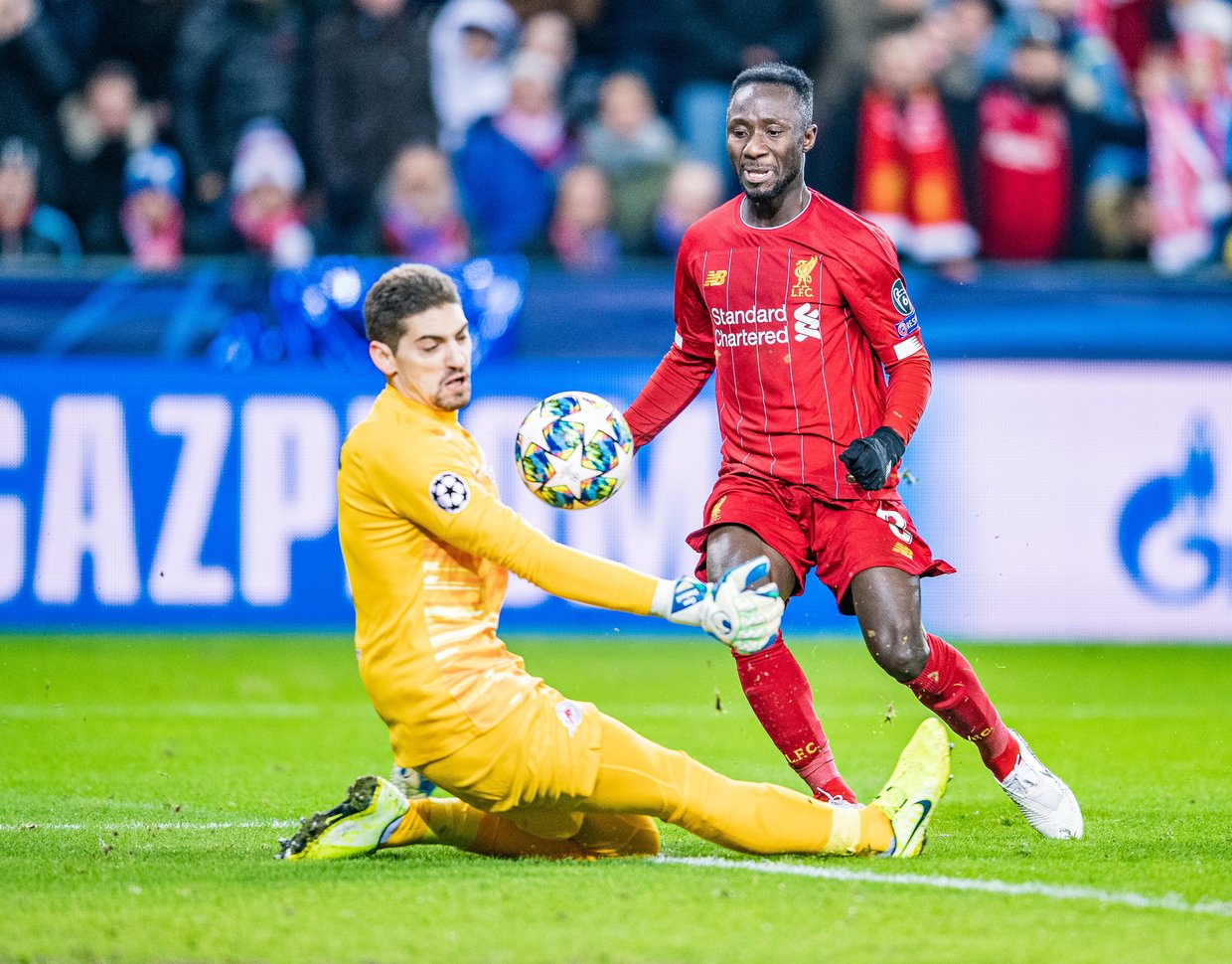
Many can look at Klopp’s industrious scouting of players and tenacity with club hierarchy when demanding a signing, but it is worth noting The German has been granted funds with unconditional trust by owners Fenway Sports Group and the German has emphatically delivered.
Klopp had crafted his common sense at Borussia Dortmund where his thrifty work followed the same pattern of uncovering rough diamonds in Europe’s less glamorous clubs and bringing them into his black and yellow machine.
The purchases of Arsenal’s current top scorer Pierre-Emerick Aubameyang from Saint Etienne for under £15 million were business masterstrokes and Ivan Perisic and Ilkay Gundogan were snips at less than £5 million. All have gone on to star for bigger European clubs in further seasons.
Now at Liverpool, that trust yielded a Champions League spot in his first full season, followed by back-to-back finals in the competition, winning in Madrid last year, reaching the final of the League Cup and now sitting pretty in top spot in the Premier League. And they show no signs of slowing down. With a methodical philosophy applied to transfers, Klopp and Liverpool have constructed a business model and ethos that has prospered on the pitch and seen the team flourish.
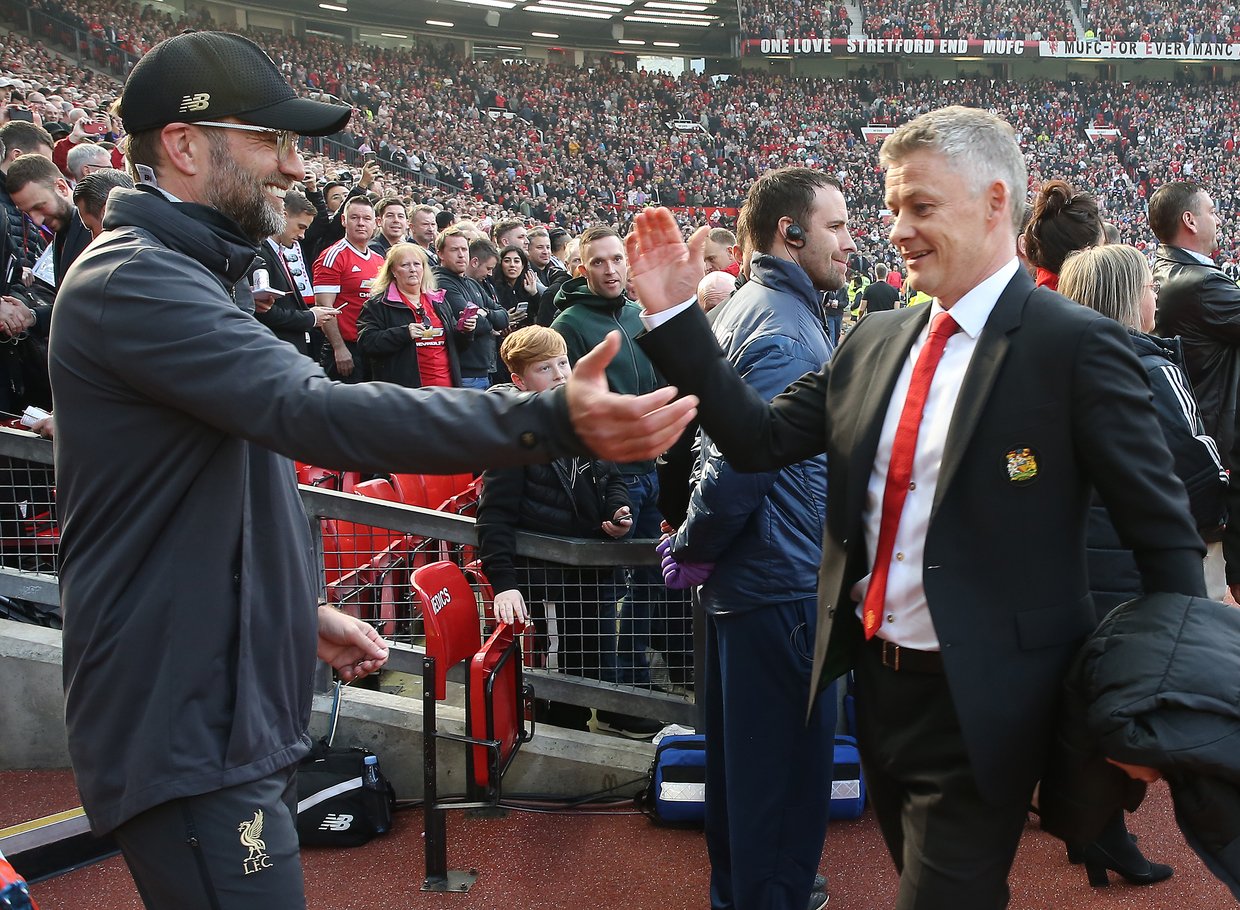
If Manchester United are to again challenge on the big stage, the place they should begin is not on the pitch, but in the transfer market, breaking the habit of forlorn frustration in each window to return to the glory brought about through the winning attitude and mentality instilled in the club by Ferguson.
Until then, the future looks to be red. Unluckily for United, that's the red of Liverpool.
By Danny Armstrong





